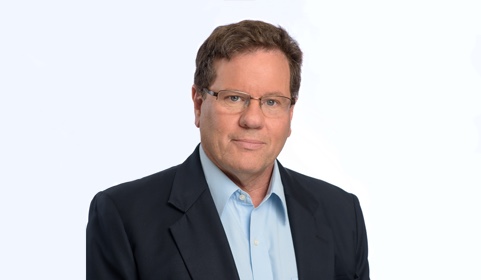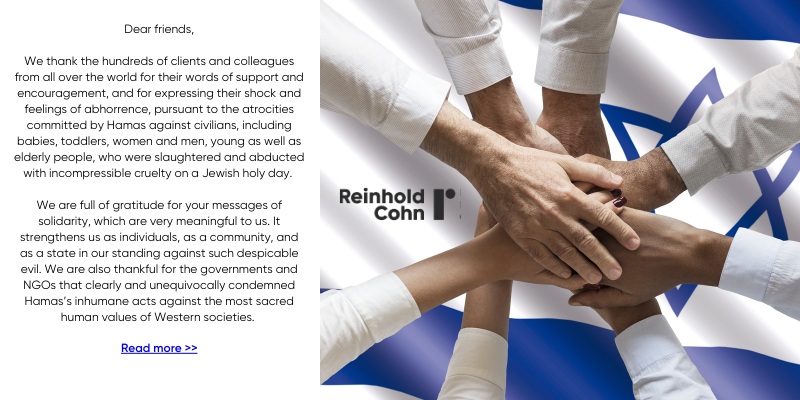Patent Eligibility of Claims Reciting a Dosing Regimen

The allowability of claims relating to dosing regimens in Israel was a subject of an August 5, 2010 Decision by the Registrar of Patents. In confirming the patent eligibility of such claims the Registrar ruled that such claims do not contravene Section 7(1) of the Patents Law as they should be construed as directed to a pharmaceutical product and not a therapeutic method.
The case in question was an opposition by two local generic pharmaceutical companies – Teva Pharmaceutical Industries1 , Ltd. and Unipharm, Ltd. – to the grant of a patent on application No. 1531092 in the name of Merck & Co, Inc.3 . The Merck application claims a pharmaceutical composition comprising alendronic acid in specific doses with specific dosing schedule. Alendronic acid (or alendronate) is the active ingredient in Fosamax®, Merck’s blockbuster osteoporosis drug4. This was an important case, each party submitting large volume of documents (a total of 15 affidavits and expert opinions) and necessitating 12 full days of oral proceeding in which affiants and experts were crossexamined on their affidavits and expert opinions. The case was heard and decided by the Registrar of Patents, Dr. Meir Noam. The case was decided on August 5, 2010.
The Merck application included three independent claims directed to purpose-bound pharmaceutical compositions, which is an admissible claim format for inventions of new medical uses of known active pharmaceutical ingredients (API)5 . Claim 1 of the Merck application reads as follows:
1. A pharmaceutical composition useful for inhibiting bone resorption in a human comprising from about 70mg to about 140 mg of alendronic acid or a pharmaceutically acceptable salt thereof, or a mixture thereof on an alendronic acid active weight basis, in association with a pharmaceutical acceptable carrier wherein said composing is adapted for oral administration as a unit dosage form according to a continuous schedule having a periodicity selected from once-weekly dosing and biweekly dosing.
The Merck application also included two other independent claims – claims 16 and 17 – where the recited medial use is the treatment of osteoporosis defining a once-weekly and a bi-weekly dosing regimen, respectively. Other than lack of novelty and lack of inventive step, the grounds of opposition to Merck’s application included non-admissibility of dosing regimen claims on the ground that they relate in fact to a method of the therapeutic treatment of the human body, which are not eligible for patent protection under Section 7(1) of the Patents Law6.
While accepting the opposition on the grounds of lack of novelty and lack of inventive step, the Registrar nonetheless deliberated extensively on the questions whether the claims should be admissible as being directed to a pharmaceutical product or rejected on the ground that they are essentially therapeutic methods that are not patent eligible under Section 7(1).
In the Decision the Registrar has pointed out that in order to decide if dosing regimen claims relates to a pharmaceutical product or a method of therapeutic treatment, one should determine where the essence of the invention resides – in the dosing schedule itself (once weekly or bi-weekly in the present case) or the unit dose (from about 70mg to about 140 mg in the present case). The Registrar further went on to analyze the legislative history behind the enactment of Section 7(1) as well as local and foreign related case law.
In this specific case the Registrar concluded that the essence of the invention resides in the unit dose recited in the claims, which was different than doses used clinically at the time of the invention, with the technical advantage achieved by this dose is the minimization of adverse side-effects. The Registrar also oted that pharmaceutical compositions are marketed with a dosing range and a physican can freely decide of the exact dose and dosing regimen for each patient. The Registrar accepted Applicant’s arguments that the fact that a physician will direct a patient to take a medicament in a prescribed dosing schedule does not render the invention as relating to a therapeutic method. The wording of the claims, in the Merck application is such that the phsician’s discretion is not jeopardized in any way, but rather on the manufacturers of the medicament.
Thus, the Registrar concluded that claims of this nature should be interpreted to relate to a pharmaceutical composition (i.e. a product), having a specific dose(s), wherein the manufacturer directs the user on the dosing schedule. Therefore, he concluded, such claims do not contravene Section 7(1) of the law and are thus patent eligible. However, one should take into consideration the fact that when claiming a dosing regimen of a known drug, both the doses specified and the dosing schedule must be shown to be novel and non-obvious in view of the prior art and medical/investigational know-how in the field.
This decision places the patent eligibility of claims reciting a dosing regimen in Israel in line with the situation at European Patent Office7 and that in the UK8.
1 The World’s largest generic pharmaceutical company
2 In Israel opposition is pre-grant. Following allowance, the application is published for a 3-months opposition period and if no opposition is filed the patent is granted. In case an opposition is filed, the application will be granted only if the opposition is rejected.
3 Teva Pharmaceutical Industries Ltd. and Unipharm Ltd. v. Merck & Co., Inc, Opposition to patent applications No. 153109, decided on August 5, 2010.
4 For which the main patent already expired.
5 The admissibility of such claims for new medical uses of known APIs was confirmed by the Israeli Supreme Court in CA 244/72 Plantex Ltd. V. The Wellcome Foundation Ltd. Other claims that are admissible for such inventions, through office practice, are Swiss-type claims (in fact a local variation of such claims).
6 Section 7(1) reads:
7. Notwithstanding the provisions of section 2, no patent shall be granted for –
(1) a method of therapeutic treatment of the human body; …
7 See the Enlarged Board of Appeals Decision in G02/08 Abbot Respiratory LLC
8 See Court of Appeals decision in Actavis UK Ltd. V. Merck & Co. Inc. [2008] RPC 26
This article is provided for general information only. It is not intended as legal advice or opinion and cannot be relied upon as such. Advice on specific matters may be provided by our group’s attorneys.

